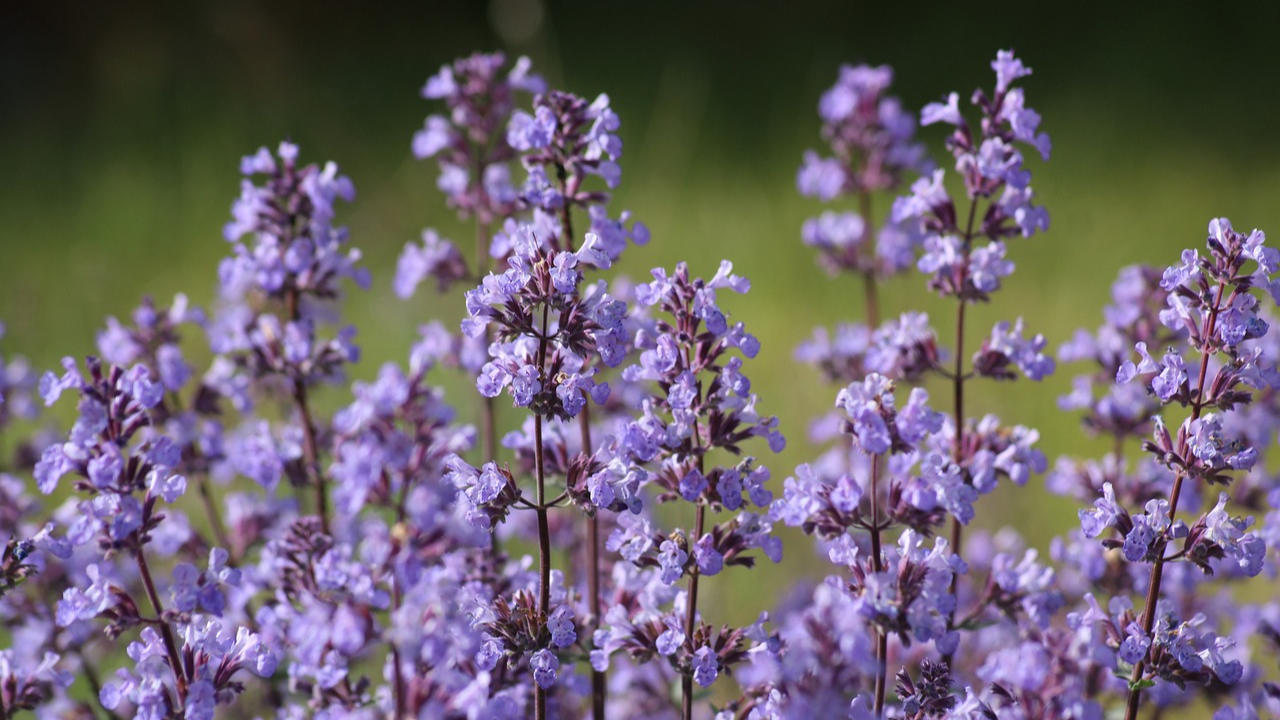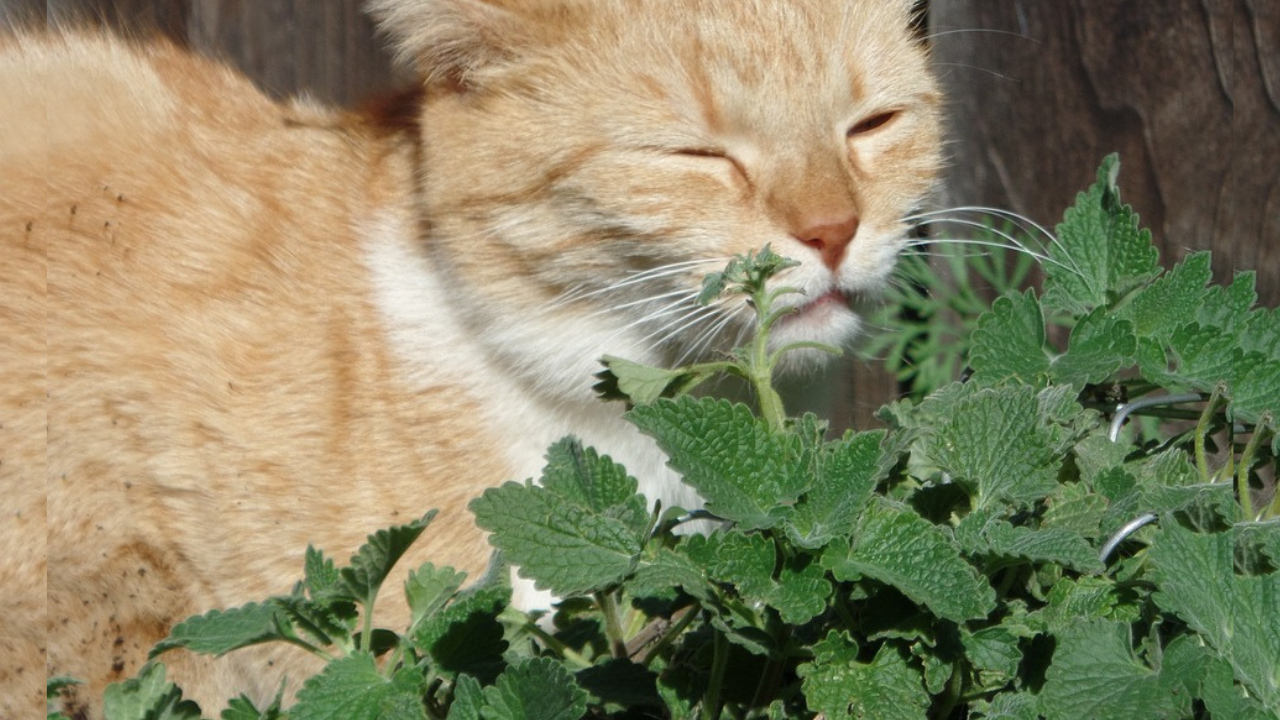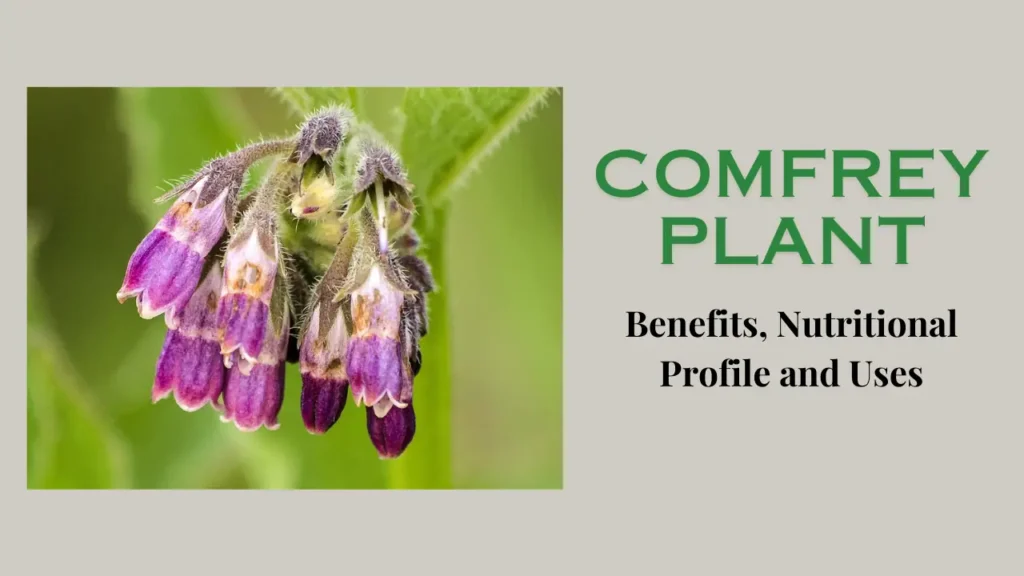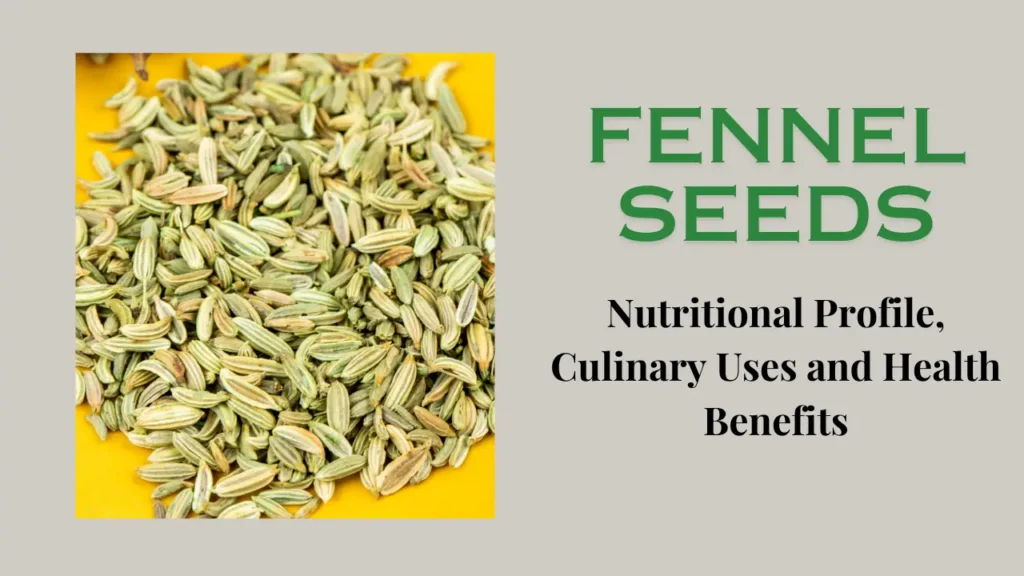The Catnip Plant, scientifically known as Nepeta cataria, is an herbaceous perennial that has been capturing the attention of cat lovers and researchers alike for centuries. With its distinct aroma and peculiar effects on cats, catnip has become a favorite companion plant for many pet owners. In this article, we will explore the wonders of catnip.

Table of Contents
What is Catnip?
The Catnip Plant (Nepeta cataria) belongs to the mint family (Lamiaceae) and is native to Europe, Asia, and parts of Africa. It is commonly referred to as “catmint.”
Chemical Composition
Catnip contains various compounds that contribute to its effects on cats:
- Active compound: Nepetalactone
- Other constituents: Terpenes, iridoids, tannins, and flavonoids.
How Does Catnip Plant Affect Cats?
A. Sensory Experience
The catnip plant has a unique attraction for cats, with approximately 50-75% of cats being sensitive to it. When exposed to catnip, cats exhibit behavioral responses such as rolling, rubbing, purring, jumping, and increased playfulness. The effects typically last 5-15 minutes, followed by a refractory period of a few hours.
B. Mechanism of Action
The effects of catnip plant on cats are mediated through the following processes:
- Sensory receptors: The cat’s olfactory system detects the compound nepetalactone.
- Interaction with the brain: Nepetalactone stimulates receptors in the Amygdala, a region associated with emotions and behavior.
- Release of endorphins: The interaction with the amygdala triggers the release of endorphins, which result in pleasurable sensations for cats.
Uses of Catnip Plant
A. Catnip for Cat Enrichment
Catnip can be utilized to enhance the overall well-being of cats by:
- Encouraging play and exercise: Catnip-infused toys or dried catnip sprinkled on scratching posts can stimulate play and physical activity.
- Relieving stress: Catnip Plant is ideal for anxious or nervous cats as it can help induce relaxation.
- Promoting mental stimulation: Interactive puzzles containing catnip can engage cats and provide mental stimulation.

B. Medicinal and Therapeutic Properties
Catnip has several medicinal properties and therapeutic uses for cats, including:
- Sedative effects: Catnip can calm cats during stressful situations like vet visits or car rides.
- Anti-inflammatory properties: Catnip has been found to alleviate joint pain in older cats due to its anti-inflammatory properties.
- Digestive aid: Catnip can stimulate appetite and alleviate gastrointestinal discomfort in cats.
Read Also: Comfrey Plant
How to grow Catnip Plant
A. Cultivation Tips
For successful catnip cultivation, consider the following:
- Climate and Soil Requirements: Catnip Plants thrive in full sun to partial shade and require well-drained soil with a pH range of 6.1-7.8.
- Propagation: You can grow catnip plants from seeds by sowing them indoors in early spring or directly in the ground after the last frost. Additionally, you can take 3- to 4-inch cuttings and root them in moist soil or water.
B. Maintenance and Harvesting
Proper maintenance and harvesting practices are essential for healthy catnip plants:
- Watering and Fertilization: Regular watering is required to keep the soil moist, but avoid over-watering to prevent waterlogging. Over-fertilization should be avoided as it can reduce the potency of catnip.
- Pruning and Harvesting: Regular pruning encourages bushier growth. Leaves and flowers should be harvested just before full bloom to obtain the highest concentration of essential oils.
Some Precautions and Considerations before using it
A. Catnip Sensitivity
It’s important to note that not all cats are affected by catnip plants. Sensitivity to catnip is hereditary and can vary between individuals.
B. Overexposure and Addiction
To prevent habituation, it is recommended to limit a cat’s exposure to catnip. Overexposure may lead to a temporary loss of interest in catnip or reduced effects.
C. Other Uses and Benefits
Catnip plants have uses beyond cat enrichment, including:
- Herbal teas for humans: Catnip leaves can make soothing herbal teas.
- Insect repellent: The essential oils present in catnip repel insects like mosquitoes.
In conclusion, catnip plant is a fascinating herb that has captured the interest of cat owners worldwide. Understanding its origins, chemical composition, effects on cats, uses, cultivation, and precautions will help cat owners make informed decisions about using catnip to enhance their feline companion’s well-being.
Frequently Asked Questions
Catnip is a member of the mint family. It contains a volatile oil called nepetalactone. This oil produces a response in approximately 50-70% of cats’ olfactory receptors, causing a variety of changes in their behavior. Some of these are as follows –
- Excitement and playfulness: Cats may roll over, purr, become hyperactive, chase imaginary objects, or display excessive affection.
- Relaxation and drowsiness: Some cats become calm and relaxed and may groom themselves excessively or even fall asleep.
- Increased Sensitivity: At times they also become more alert to their surroundings and exhibit heightened senses.
Its effect usually lasts for 5-15 minutes and wears off gradually.
Yes, catnip is generally safe for cats. It is a natural substance with no known harmful effects. However, it is also important to take care that cats do not consume too much of it as overconsumption may cause cats to experience digestive problems such as vomiting or diarrhea.
The exact reason why cats love catnip is not yet known. Research shows that nepetalactone mimics pheromones similar to feline sex hormones, causing a reaction similar to being in heat. Some cats exhibit rolling, rubbing, and other behaviors under this influence. However, its exact study is still being done.
Unlike cats, catnip does not affect dogs. The nepetalactone in catnip does not bind to the same receptors in dogs’ brains as it does in cats. Although some dogs may show some interest, they do not experience the same enthusiastic or playful behavior as cats.
Catnip is not toxic. Eating it does not have any significant effect on humans. Our brain lacks the specific receptors with which nepetalactone interacts in cats. Therefore, the most you may experience is a mild calming or relaxing effect, but nothing like the intense reaction seen in cats.-








